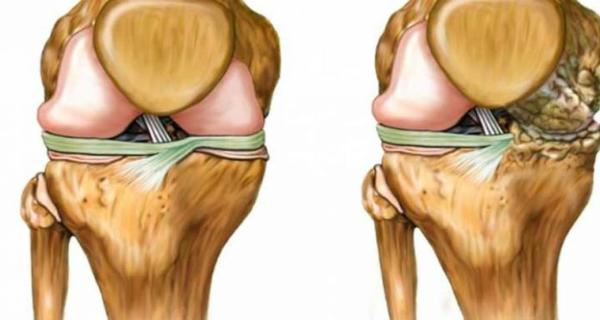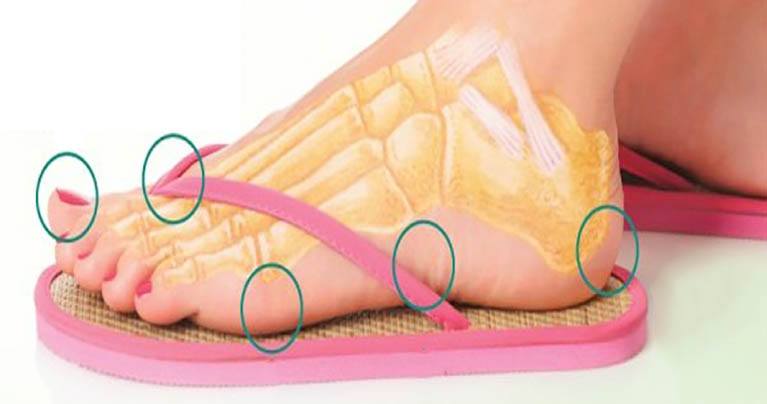A man is hit by a bus and a crowd quickly gathers. One elderly woman says, “Give him chicken soup! Give him chicken soup!” Another bystander says, “Lady, that won’t help.” And she says, “Wouldn’t hurt.”

This is not medical advice, but some pretty compelling studies in the 1980s/1990s (as close to double blind as they could get) showed a moderate by unmistakable benefit in regular consumption of home-made chicken stock. Secret is in natural sugar found in and around the fluid and tissues that cushion joints, named glucosamine sulfate.
Glucosamine sulphate has helped people with joint problems. However, the pills (and liquid) are really expensive. So what foods contain glucosamine?
In my personal experience, chicken soup can have a surprisingly noticeable and immediate effect in rebuilding aging joint(It’s also a great way to improve your home-cooking).
The Recipe
Use the whole chicken (as the studies did) but some people find inexpensive cartilaginous parts, like the wings , the back, plus all of the leftover bones after we are done eating, to be quite effective. A long low simmering (at least 12 hours) is the key.
I know people who simply toss cheap chicken parts into a crockpot, bring it to a low boil, then drop the temperature to just below boiling for a total of 24 hours. The xiphoid process (large triangular breastbone cartillage) is my “minimum” test: if it isn’t totally dissolved, the other cartilage in the body won’t be either. Full cartilage hydrolyzation and extraction from bones and internal joints takes longer. When bones are fully extracted, they dry to a bright bleached white and crumble easily between your fingers.
In some places, chicken parts are extremely cheap, while in many grocery chains, chicken wings, and other parts are marked up as “specialty items”. Shop around for sources other than the local grocery stores, if this is a problem. Chicken stock should not be expensive to make. (Using a crock pot will save energy)
I’ve tried homemade turkey, ham and even beef bones, but personally I always come back to chicken, as used in the original study, because the effect is rather subtle after the rapid initial benefit (if any). There are many types of cartilage in the body: I personally find the types of cartillage in joints to be the most efficacious, though the other types (e.g. in skin and bone) may assist.
Note
Chicken stock can be frozen for storage. I don’t know if this affects its potency. I recommend simmering the stock until it is fairly concentrated, then adding ice to rapidly cool it to refrigerator temperatures. Slow cooling of hot stock at room temp or in a refrigerator effectively means hours at “incubation temperatures” that will encourage bacterial spore growth, decrease storage time, and cause some small risk of food poisoning. Also, if you cool hot stock in your refrigerator, you’ll just be heating up your fridge (and everything in it) for hours. This is bad all around.





















